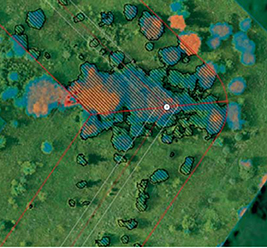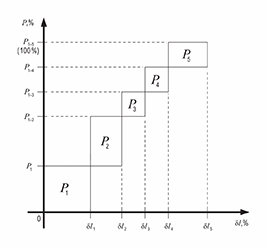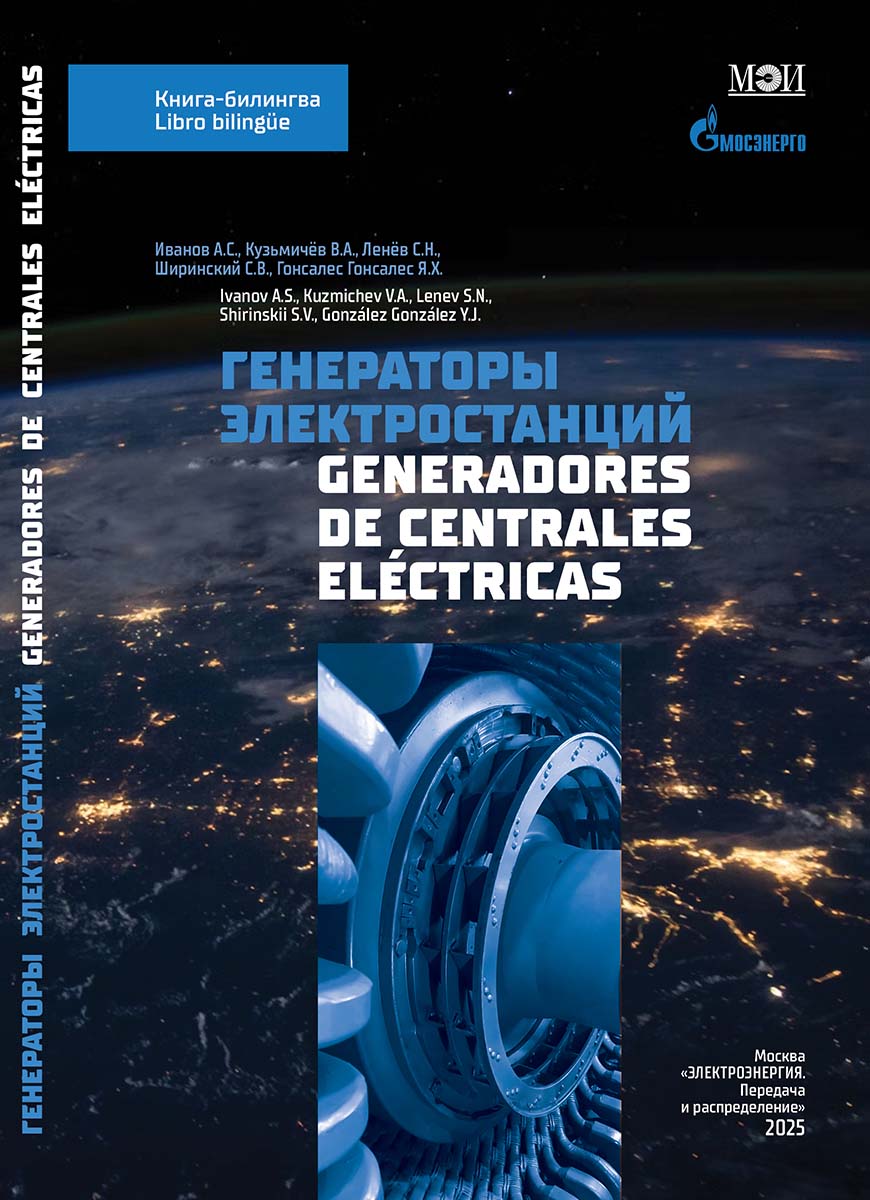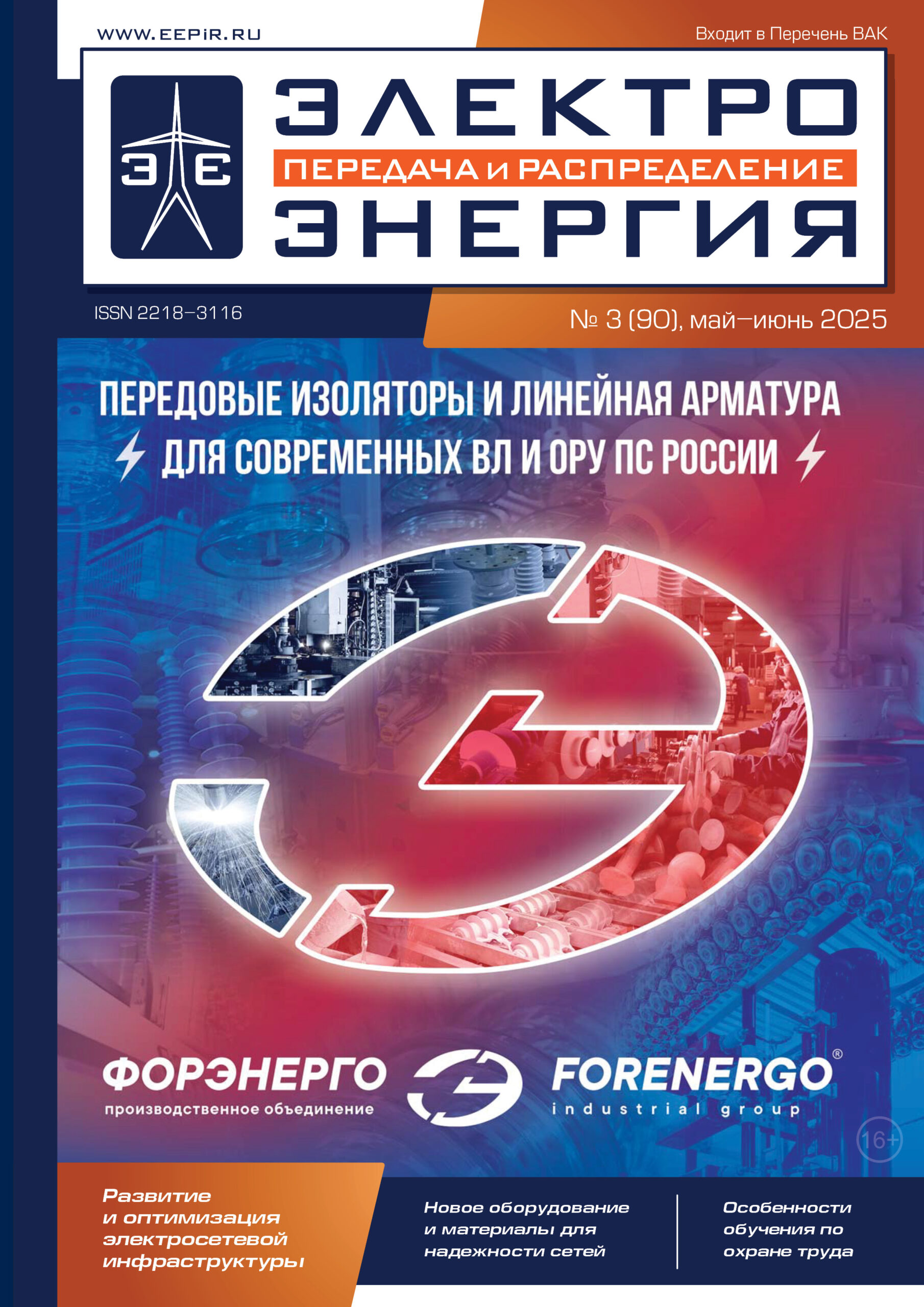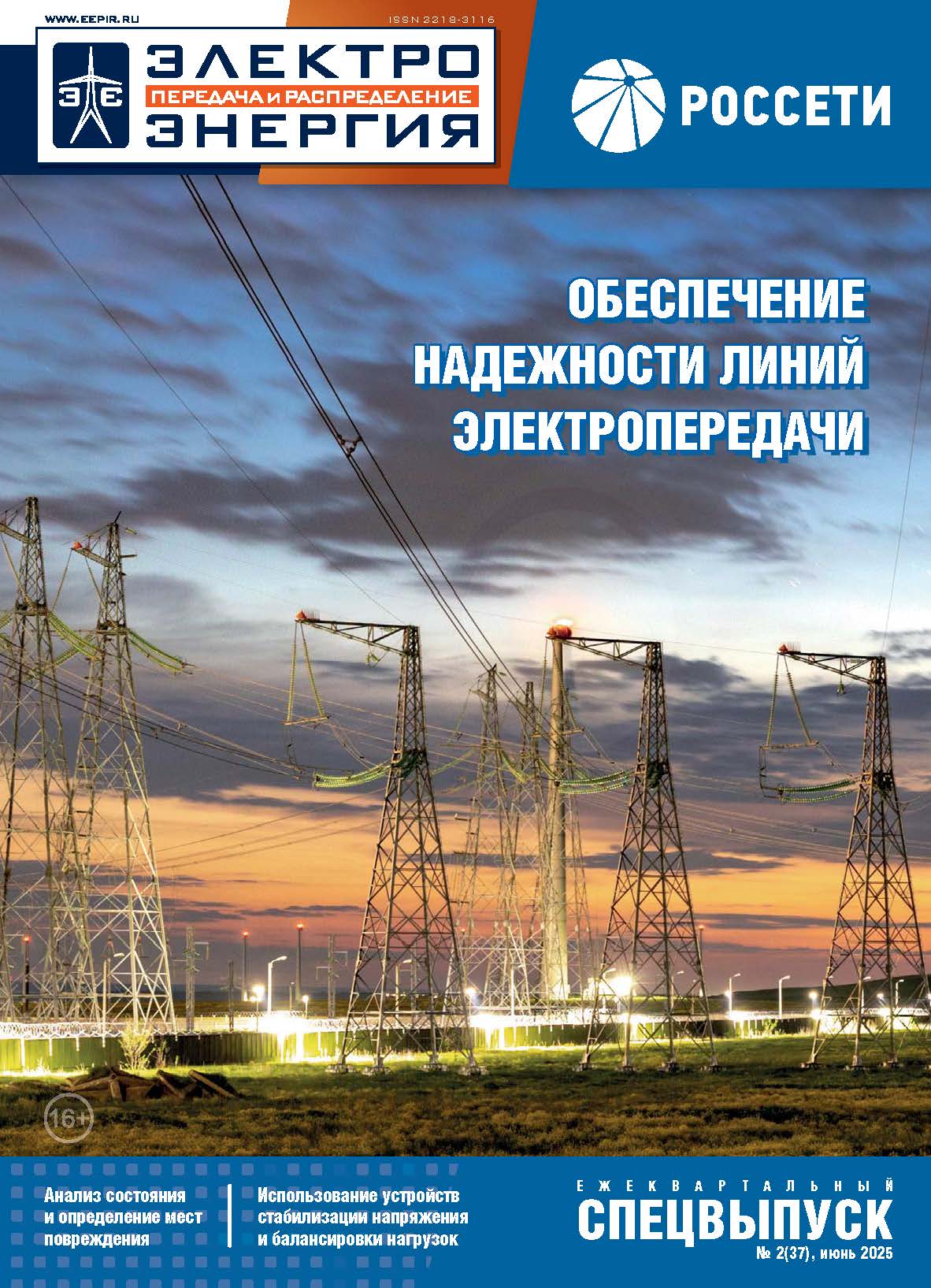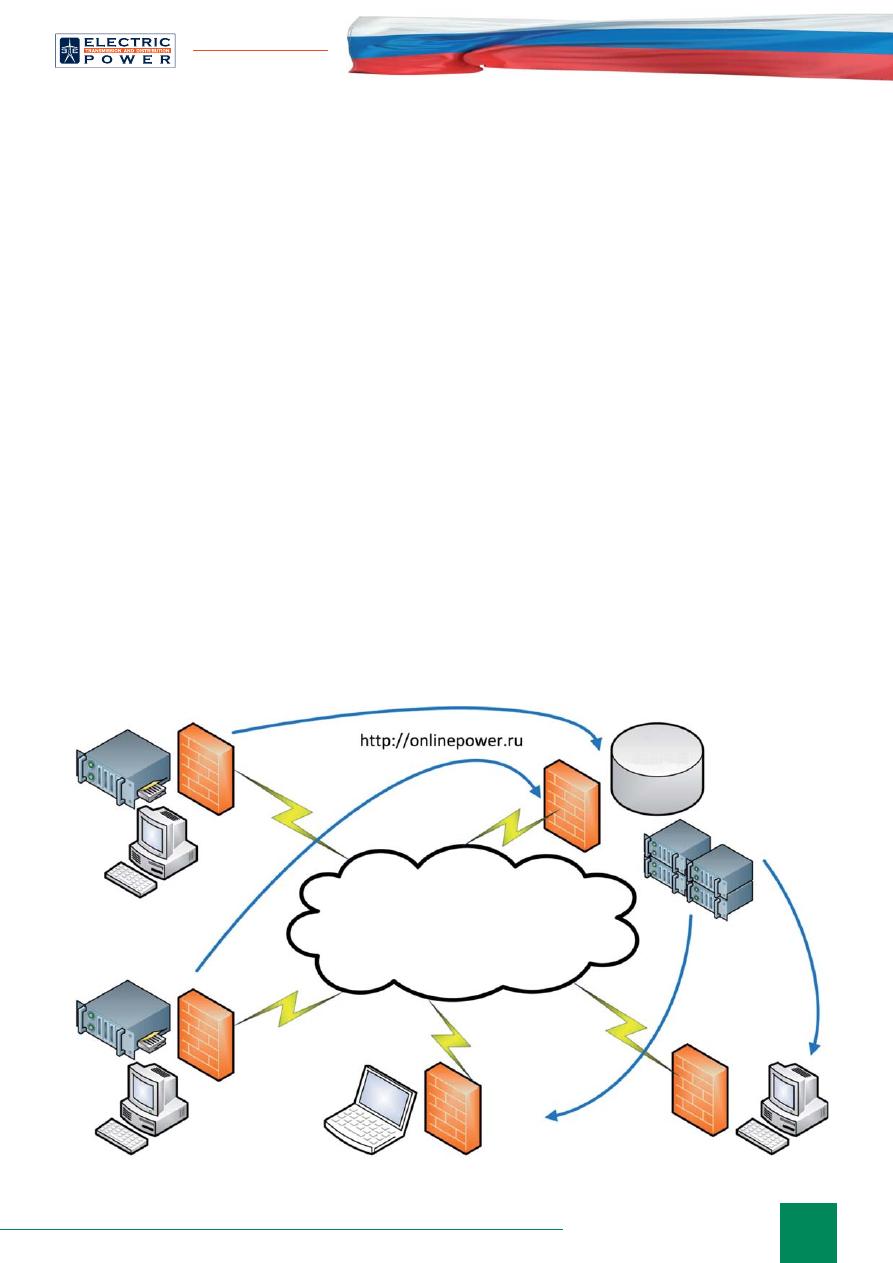
49
info@eepr.ru, www.eepr.ru
I
n accordance with these requirements and with
the use of modern information technologies, CJSC
“Intera” has developed an oil-
fi
lled equipment
monitoring system, intended for online transformer
diagnostics. At present, Russian market offers several
certi
fi
ed systems of the kind, which differ in hardware
and software, though they must be capable of performing
the task anyway. The monitoring and control system
(MCS) developed by CJSC “Intera” has the advantage
over similar products not only due to its user-friendly
Diagnostics and Analysis Tools
Information Add-In of the Transformer Monitoring System.
Solution and Experience
The technical policy of JSC “Russian Grids” (Rosseti) on development of digital
substations without permanent operating personnel, improvement of reliability and
operation ef
fi
ciency of power grid facilities impose strict requirements on all substation
automation components and products.
Andrey LAPTEV (
Андрей
ЛАПТЕВ
), Director General,
Pavel LIPATNIKOV (
Павел
ЛИПАТНИКОВ
),
Deputy Head of Development Department, CJSC “Intera”
Fig. 1. Data
fl
ow diagram
Intranet/Internet
MCS equipment at
substations, local
servers
Data-
base
MES/PMES
Department of
Diagnostics
Remote users
Central server
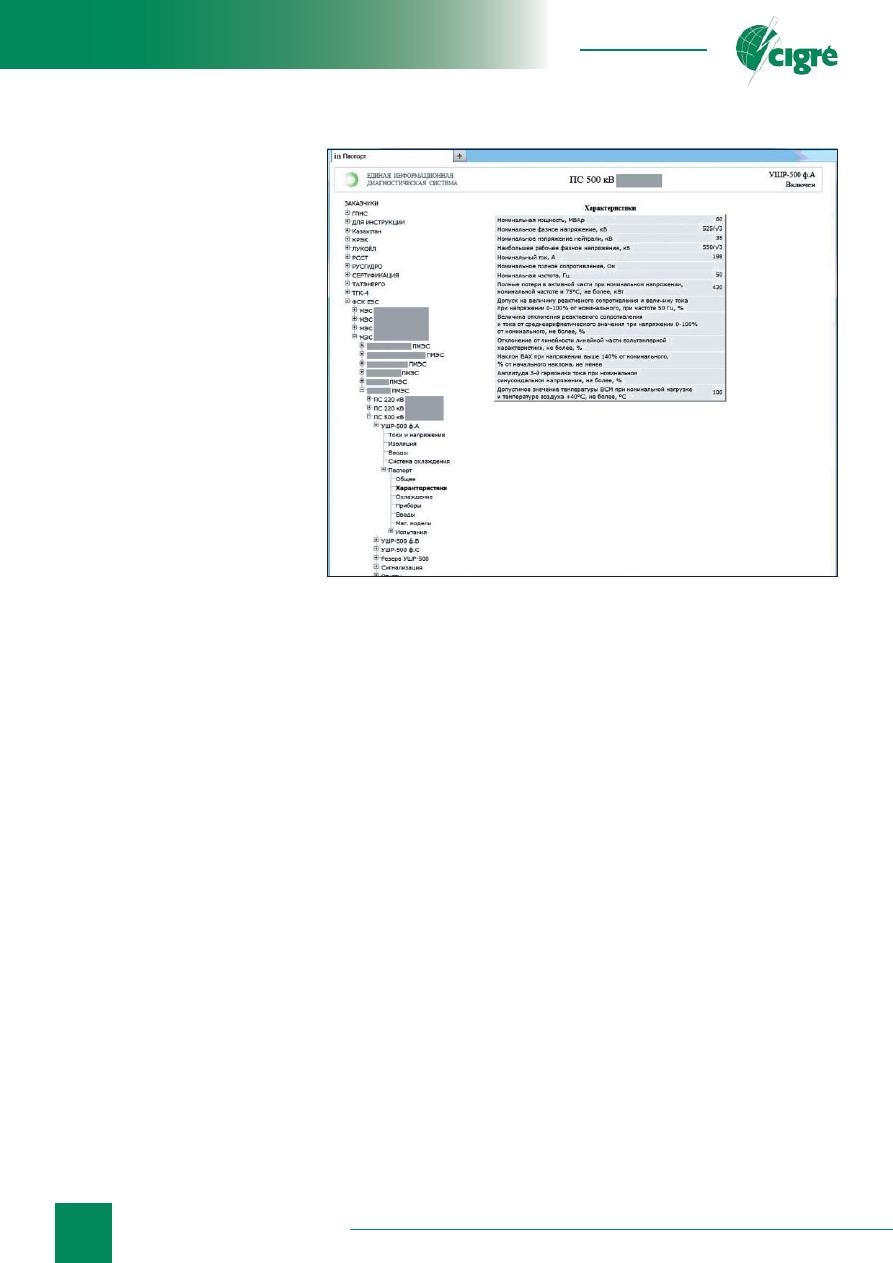
50
August 25–29, France, Paris
Real Time Monitoring
interface for data submission to
users with different access levels
and uni
fi
ed data exchange with the
upper level (Process Control System),
which enables more ef
fi
cient online
transformer diagnostics. The system
provides diagnosticians with wide
opportunities of ongoing monitoring
and further analysis and gives
material for research to scientists and
designers.
The present article examines logic
and architecture of the data constituent
of the monitoring system exempli
fi
ed
by MCS developed by CJSC “Intera”.
Initially the decision was made
to implement WEB-technologies.
The main idea is to enable online
equipment monitoring for substation
personnel and superior bodies, as well
as accumulation of historical data
for further diagnostics, analysis and
planning of transformer equipment
maintenance, repairs and updating
programs.
The system does not require any
special software, it operates in any internet-browser
(Fig. 1).
Transformer equipment data are collected, processed
and stored in the non-volatile memory controller. Archive
formation intelligence and its size enable storing historical
data with high time precision (up to 5 ms) during the whole
service life of the monitored transformer equipment.
Based on commissioning experience, one can conclude
that historical data in the controller will be rewritten in
about 30 years (stack size).
At the same time, the data are constantly
communicated to the local server, where they are stored
in SQL database. When there is a good Internet access
channel, the controller data are sent to a specialized
central server, independently from data communication
to the local server. Data on the central server are updated
in real-time mode, with a delay depending on the internet
connection speed. Data on the central server are also
stored in SQL databases and can be accessed remotely
by means of the password. Access to the databases and
the data is separated by objects, access levels, etc. and is
based on individual passwords. This technology enables
data communication to the central server in case the
monitoring system is integrated with the process control
system, without using the local server.
Should there be no proper internet access connection,
only data about the state of MCS hardware and software
suite are communicated to the central server over GPRS-
channel. Data about the state of the monitored transformer
equipment on the central server are not updated and are
only accessible on substation local servers (Fig. 2).
If required, MCS can send warning and alarm messages
about the state of equipment to the given cellphone number
within access rights.
Such MCS architecture makes it possible to solve
several tasks at once:
• to enable substation personnel’s operations with
current and archive data;
• to provide remote access to data of monitoring to
personnel of enterprises of backbone electric grids
(PMES), backbone electric grids (MES) or the
customer’s central of
fi
ce;
• to upload suitable software for automated diagnostics
of oil-
fi
lled equipment on the central server;
• to further increase the extent of monitoring of
substation objects starting from oil-
fi
lled equipment
up to all the other equipment subject to monitoring
(circuit-breakers, disconnectors, surge arresters, etc.);
•
to connect monitoring systems of different
manufacturers to the central database, with inclusion
of the requirement about mandatory presence of a right
interface;
• as a result, developers of transformers and reactors,
scientists and designers can theoretically have vast
actual material to analyze equipment operation during
the period of many years in different operation modes.
From the very beginning we rejected graphic
presentation of monitored objects, staking at Windows
standard features. This made it possible to standardize all
screen forms, simplify and accelerate the development and
integration process, reduce the volume of data transmitted
over communications channels. Development of a project
Fig. 2. Example of a screen form
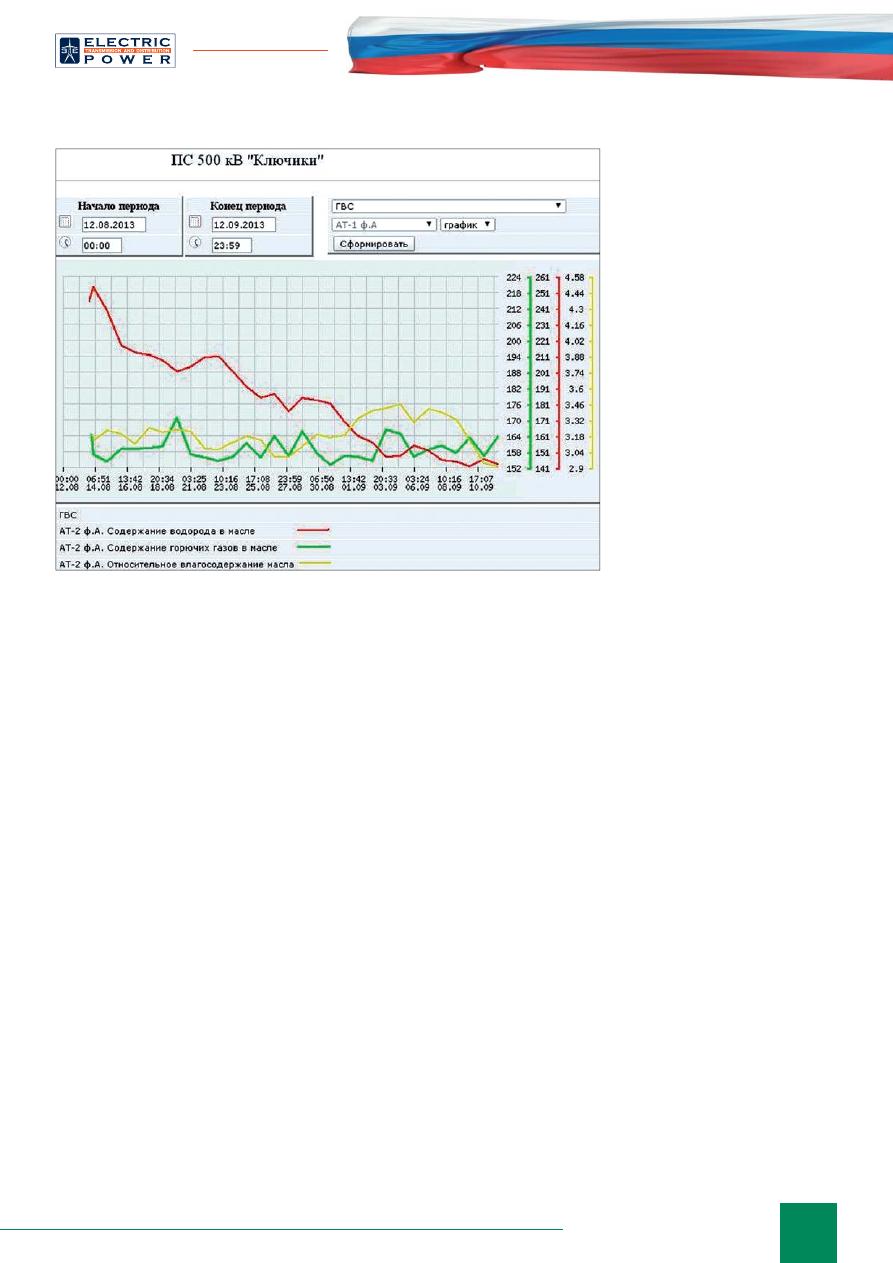
51
info@eepr.ru, www.eepr.ru
consists in
fi
lling in of a transformer or reactor data sheet,
with speci
fi
cation of all types of sensors interrogated by
the system. The sensor and tool database includes all
devices the company has ever used.
Should there appear a new type of sensors or tools,
their data and, if required, respective drivers are entered
into the system. Afterwards, the new equipment appears
in the database and can be included in the data sheet of the
monitored object.
Screen forms of substation personnel are generated
by MCS automatically and become available both on
the local and remote servers. Users can create their own
templates to monitor the parameters they are mostly
interested in. These templates are created for each unit of
equipment (tank) in the number of up to 10 and contain
up to 6 parameters each. For example, there is a task of
monitoring load-dependent transformer gas-oil ratio
trends. A template is created, with the required parameters
selected out of the repository, and displaying this template
will show time-synchronized variations of the speci
fi
ed
parameters for the given time interval (Fig. 3).
The trends can be viewed either in graphic or table
forms and uploaded as report
fi
les in Excel tables.
Access to the data is organized hierarchically and is
based on the password, which enables viewing information
only about objects of a particular customer, MES, PMES
or a particular substation.
The system architecture itself provides for multiple data
back-up. The latest data are stored in controller memory
and communicated to the local server. If the server fails
or is de-energized, after its replacement the lost data
Fig. 3. Example of a graphic template
will be automatically restored
upon switching on. If there is a
communication channel, the data
will be also sent to the central
server and stored there.
This year the commission
of JSC “Russian Grids” has
extended the certi
fi
cation validity
period of MCS developed by
CJSC “Intera” till 2019. We
noted signi
fi
cant toughening
of requirements to quality of
the products recommended
for use at power facilities.
Special attention is now paid to
metrology issues. This testi
fi
es
to the fact that monitoring of
basic equipment has become an
important and integral part of
substation equipment monitoring
and control, which means that
its results and the potential of
monitoring systems should be
utilized to the maximum extent.
The described service,
being a part of MCS, was
developed as early as 2006 and has been constantly
improved since. At present, there are data about more than
200 units of equipment with MCS on the onlinepower
server. Unfortunately, about
fi
ve years ago, despite wide
implementation of this service by diagnosticians, access to
MCS communications channels on facilities of JSC “FGC
UES” was blocked. This was explained by requirements to
substation equipment operation security. We consider these
explanations unsubstantiated as MCS architecture does not
allow remote users to access local servers. However, we
were unable to persuade the customer’s executives thereof.
Despite it, judging by publications and reports made at
conferences and seminars, operating personnel’s interest
to such a system has not only stayed the same, but even
increased. Should the customer express an interest, we are
ready to connect monitored objects and enable operation of
the service for its intended purpose anytime.
During many years of operation of monitoring
systems produced by CJSC “Intera” a large amount
of technological data has been accumulated on local
servers. All capabilities that enable accessing historical
and current data by any user with access to the substation
local network have already been implemented in MCS.
Substation operating personnel makes an active use of
MCS functionality and accumulated retrospective data for
preparing reports submitted to the upper level and long-
term analysis of equipment operation.
Those wishing to get more information about
onlinepower.ru can address the of
fi
ce of CJSC “Intera”
info@inte.ru, of
fi
ce@inte.ru, and we will gladly
demonstrate the system in operation.
Оригинал статьи: Diagnostics and Analysis Tools
The technical policy of JSC “Russian Grids” (Rosseti) on development of digital substations without permanent operating personnel, improvement of reliability and operation effi ciency of power grid facilities impose strict requirements on all substation automation components and products.






